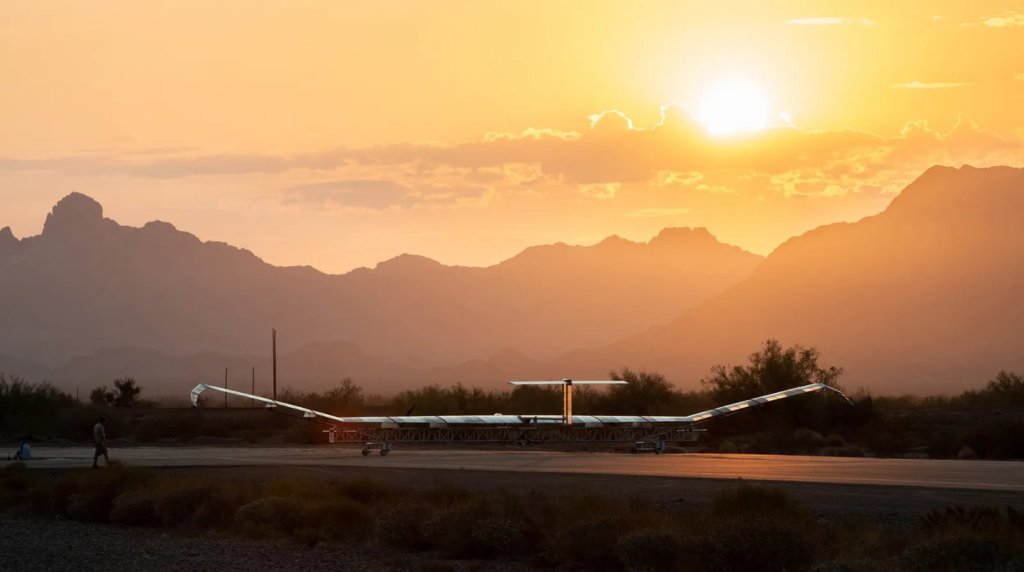Topics
late
AI
Amazon
Image Credits:Airbus/AALTO
Apps
Biotech & Health
mood

Image Credits:Airbus/AALTO
Cloud Computing
Commerce
Crypto

enterprisingness
EVs
Fintech
fund-raise
convenience
Gaming
Government & Policy
Hardware
Layoffs
Media & Entertainment
Meta
Microsoft
seclusion
Robotics
security department
Social
place
Startups
TikTok
Transportation
Venture
More from TechCrunch
Events
Startup Battlefield
StrictlyVC
Podcasts
Videos
Partner Content
TechCrunch Brand Studio
Crunchboard
Contact Us
In the beginning of 2021 , Alphabet shutter Loon . It was a familiar news report within the annals of Google X history : an ambitious moonshot with tremendous upside that splutter out prior to gaining any sort of meaningful traction after intimately a decade .
“ Despite Loon ’s extraordinary expert progress , ” Adam explains with a touch of black bile on theformer projection ’s Sir Frederick Handley Page , “ the route to commercial viability proved much longer and bad than hope , so in 2021 Loon ’s journeying come to an end . ”
The project utilise atmospheric condition balloons to deliver high - upper internet to blot that lack infrastructure such as Sub - Saharan Africa . Loon drum up a full turn of pursuit and run into exercise in the backwash of natural disasters like the hurricane that devastated Puerto Rico back in 2017 .
Some of Loon ’s fundamental engineering science dwell on in other Alphabet undertaking . Its purport , meanwhile , is asseverate by Airbus throughAALTO . Where Loon relied on balloon , however , the newer labor utilizes Zephyr solar - powered poke .
“ [ Loon ] get really in effect customer date , ” AALTO CEO Samer Halawi told TechCrunch in a sit around - down interview last week at Mobile World Congress . “ They got people sign up for the service very quickly . What happened , though was balloons move around . What they did to get the better of this was utilize multiple balloons and they relayed a signaling from one to the other . They end up suffer to use eight time the balloons to cover the same area . ”
AALTO rely on fixed - fly droning , which are — at the very least — more predictable in their movements than weather balloons . Airbus grow the technology for the fixed - annexe drones from U.K. Ministry of Defence and Space spinoff QinetiQ in 2013 .
The air take off from a orbitual rails , ascending in an ever - widening spiral . The drone strain the stratosphere at a height of more than 60,000 feet . This keeps them above commercial aircraft , as well as conditions phenomenon that can impede solar reporting . As it turns out , the air space also is n’t regulated to almost the same degree as those below it .
Join us at TechCrunch Sessions: AI
Exhibit at TechCrunch Sessions: AI
Per AALTO ’s figures , each drone can account for up to 7,500 - square - klick of land surface — or the equivalent of up to 250 cell tower . Once airborne , the system can manoeuver for months on solar big businessman alone . Every six months or so , the system will land for a barrage swap , as these still have a limited shelf life .
AALTO ’s go to mart include deals with carriers , as well as government agencies . Like Loon before it , the company is also explore temporary deployment for downed cellular telephone towboat keep an eye on innate cataclysm .